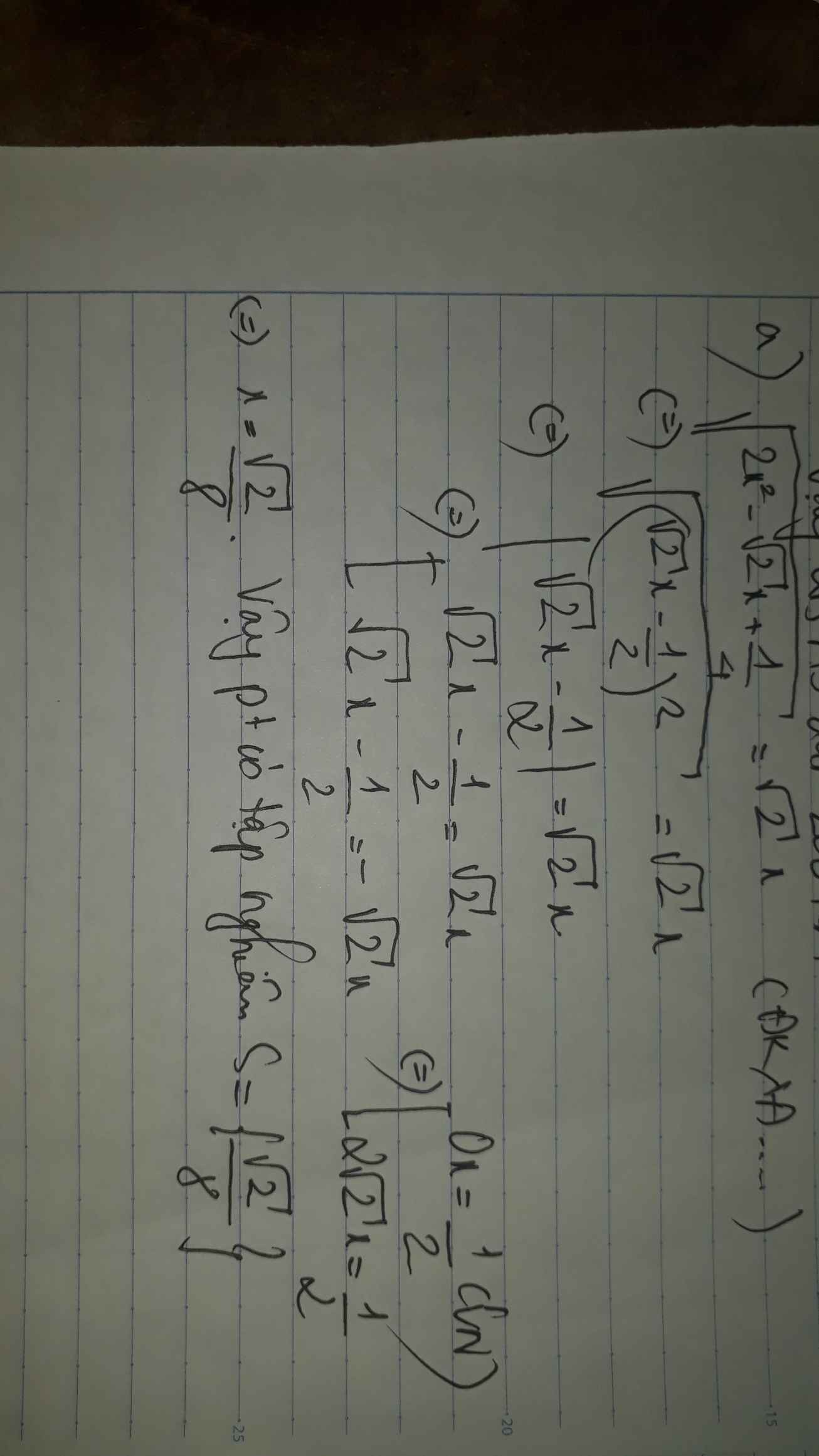Giải các pt sau:
1) \(\sqrt{x+3}+2x\sqrt{x+1}=2x+\sqrt{x^2+4x+3}\)
2) \(2\sqrt{x+3}=9x^2-x-4\)
3) \(1+\dfrac{2}{3}\sqrt{x-x^2}=\sqrt{x}+\sqrt{1-x}\)
4) \(\sqrt{x+3-4\sqrt{x-1}}+\sqrt{x+8-6\sqrt{x-1}}=1\)
5) \(\sqrt{x+2\sqrt{x-1}}+\sqrt{x-2\sqrt{x-1}}=\dfrac{x+3}{2}\)


